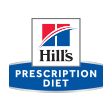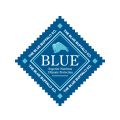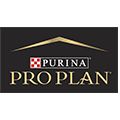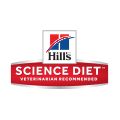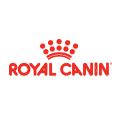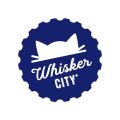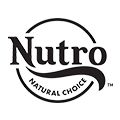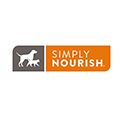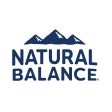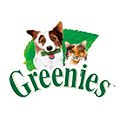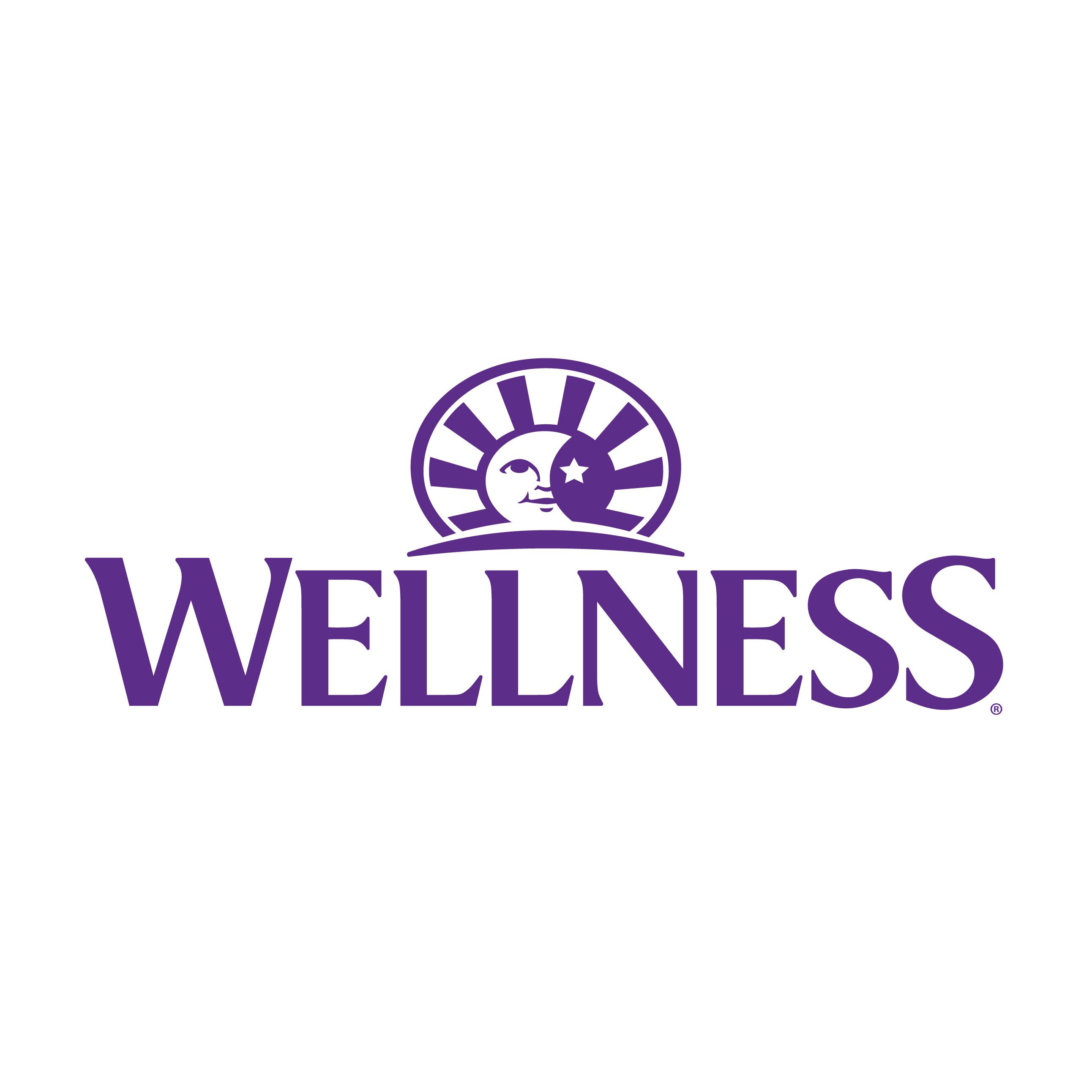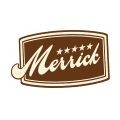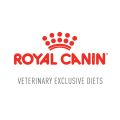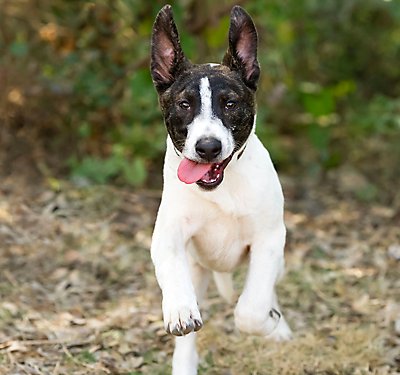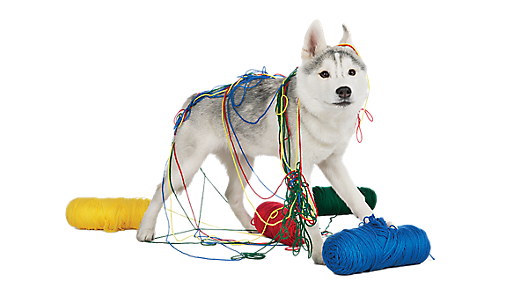
 top
top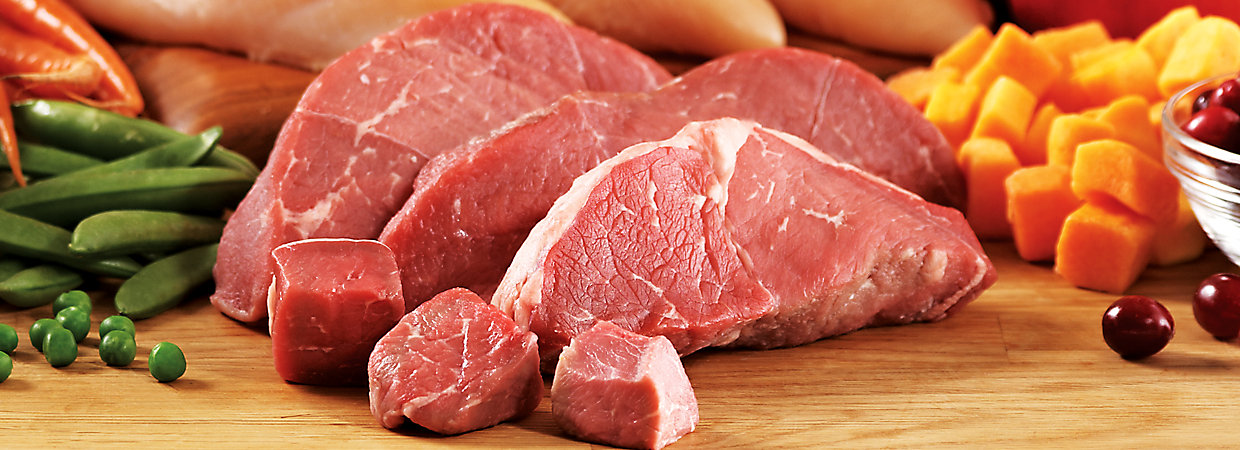
DOG / nutrition
Risks and Benefits of Raw Dog Food
Overview
Interested in the benefits of feeding your pup raw dog food? Though the thought of feeding your pet something that has not been cooked probably sets off some alarms in your head, choosing a raw diet for your dog can actually have some health benefits. Learn more about the potential benefits of raw dog food so you can decide whether or not to give it to your furry best friend. If you do make the switch, you should learn how to properly handle the raw food to make sure it stays fresh and free from contamination, which will help protect your pet from illnesses associated with raw food.
Before you make any decisions, you should consult with a veterinarian to make sure your dog’s health can withstand a diet change, and to discuss starting your dog on a raw diet, potential downsides, and other factors associated with changing your dog’s diet.
What Is Raw Dog Food?
Ready-to-serve raw foods for dogs are made mainly from raw meat, organ meat, fat and ground bone with a small amount of fruits and vegetables as secondary ingredients. Grains are typically absent from raw formulas. Raw dog food comes in a variety of forms, such as freeze-dried, frozen, or refrigerated. Many brands that we carry at PetSmart contain many raw components in a freeze-dried form.
What Do Raw Dog Foods Have To Offer?
A diet made up primarily of raw food for your canine companion has the potential to help them in a variety of areas. Raw dog foods are typically made of organ meats, muscle meat, whole or ground bone, raw eggs, dog-safe fresh fruits and veggies, and dairy products such as yogurt.
Potential benefits of raw diets for dogs include:
- A shiny coat
- Healthier skin
- Cleaner teeth
- Increased energy level
- Smaller stools
How to Keep Raw Dog Food Safe For Your Dog...And You
A major concern among pet parents and veterinarians alike is keeping raw food free from harmful bacteria and other contaminants. For raw meat and freeze-dried raw meat products used in raw dog food, there is a USDA-approved system called High Pressure Processing (HPP) that removes bacteria such as salmonella, listeria and E. coli from packaged raw meat formulas. The good news is that this process does not rid the food of the nutrients your dog needs, nor does it negatively affect the color and taste of the meat.
If you do decide to incorporate raw dog food into your furry best friend’s diet, you should be careful of how you’re handling the food. You and your family can get sick from improperly handling the raw meat, and your pet can also get sick from eating raw food that is contaminated. Here are some tips for safely handling raw dog food:
- Keep raw dog food frozen until you’re ready to serve it to your dog.
- Keep the raw food separated from other human food in your refrigerator or freezer.
- Throw away your pet’s leftovers once they’ve finished eating.
- Thaw frozen pet food away from frequently used surfaces.
As for pet parents, you should always wash your hands before and after handling the raw food, avoid letting your pet lick your face and mouth after eating, and don’t let your dog lick any open wounds or broken skin. If you play with your pet after they eat raw dog food, you should also wash any part of your body that they have licked with soap and water.
Alternative Raw Dog Food Option
If you’re on the fence about switching to a raw dog food diet for your playful pup, consider an alternative. Offer them freeze-dried dog food, which is still made up of whole ingredients, but goes through a different process to eliminate contaminants and has a longer shelf life than packaged raw dog food. This food is frozen first, and then the frozen water is removed from the food through a process called sublimation. This process does not remove the healthy nutrients your dog needs. Freeze-dried food can be offered on its own or as a food topper on top of their kibble.
If you’re looking to give your dog more natural, whole ingredients but don’t feel comfortable making the switch to raw dog food, consider feeding them fresh dog food instead. Fresh dog food is refrigerated, high quality, often human-grade food packed with all natural ingredients that have been gently cooked to remove harmful bacteria.
Other Things to Keep In Mind
When you’re shopping for raw dog food, be sure to check the packaging to make sure it meets AAFCO standards for your dog’s specific life stage. Also, don’t abruptly switch your pup’s food. Instead, gradually introduce the raw dog food over a 7-day period to avoid upsetting your dog’s stomach.
Homemade raw diets for dogs are not recommended. Not only can they increase the risk of exposure to harmful bacteria, but they also may not offer the complete and balanced nutrition of raw food brands. A study published in the Journal of the American Veterinary Medical Association found that approximately 60% of homemade pet food had major nutritional imbalances.
Information in this article is not intended to diagnose, treat or cure your pet and is not a substitute for veterinary care provided by a licensed veterinarian. For any medical or health-related advice concerning the care and treatment of your pet, contact your veterinarian.

